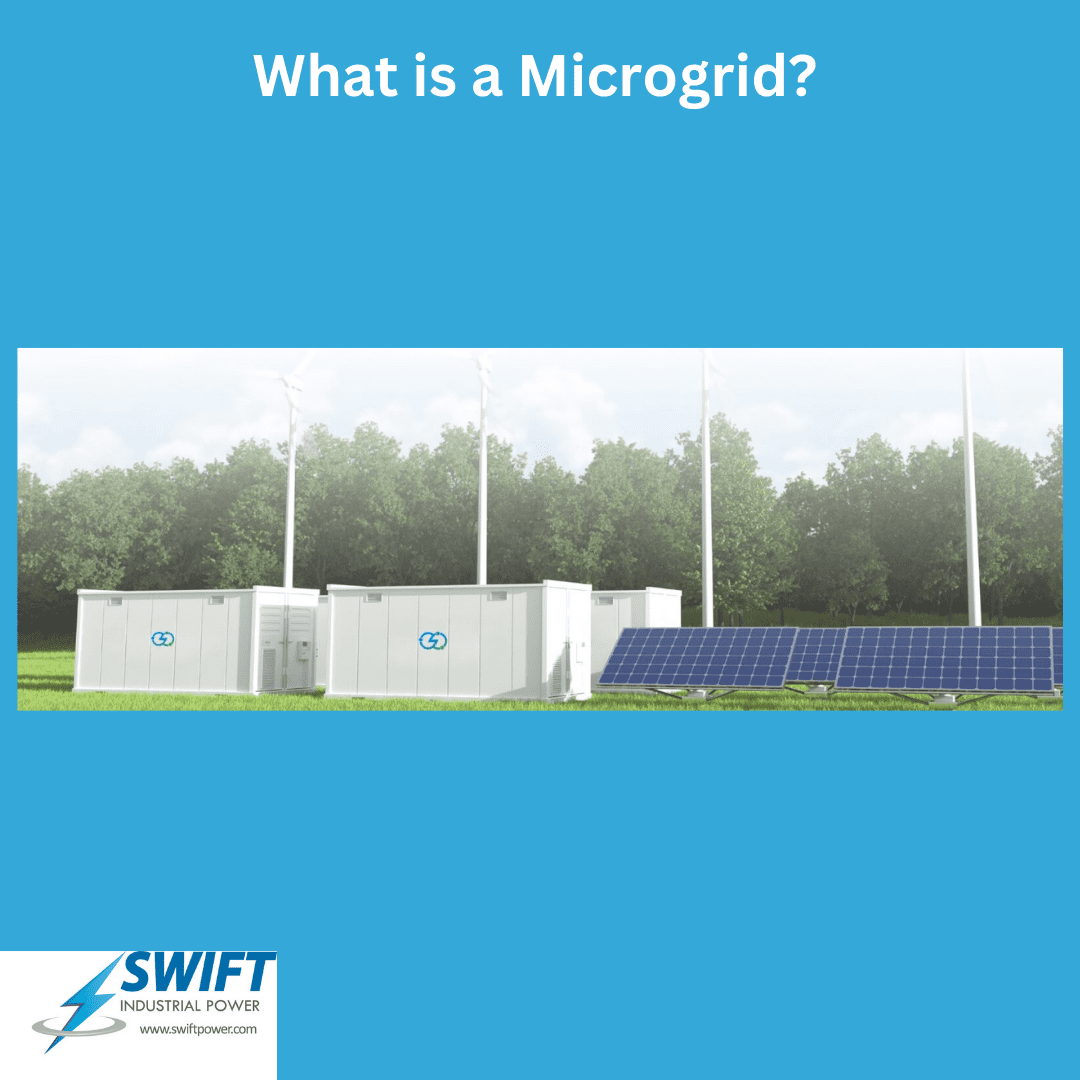What is a Microgrid?
Introduction
In our quest for more resilient and sustainable energy systems, microgrids have emerged as a transformative solution. But what exactly is a microgrid? In this article, we delve into the fundamentals of microgrids, exploring their components, modes of operation, and the potential they hold for revolutionizing the way we generate, distribute, and consume energy.
Understanding Microgrids
At its core, a microgrid is a localized energy system that can operate independently or in conjunction with the larger power grid. Unlike traditional centralized grids, which rely on large-scale power plants and extensive transmission infrastructure, microgrids leverage small-scale power generation sources such as solar panels, wind turbines, and energy storage systems to meet local energy demand.
Components of a Microgrid
A typical microgrid consists of several key components:
- Local Energy Generation: Solar panels, wind turbines, and other renewable energy sources form the backbone of microgrid generation.
- Energy Storage Systems: Batteries and other storage technologies store excess energy generated during periods of low demand for use during peak demand periods or when renewable sources are not producing.
- Control Systems: Sophisticated control systems manage energy production, storage, and distribution within the microgrid, optimizing energy flow and ensuring grid stability.
Modes of Operation
Microgrids can operate in two main modes:
- Island Mode: In island mode, the microgrid operates autonomously, using its own generation and storage resources to meet local energy demand. This mode provides resilience against power outages and grid failures.
- Grid-Connected Mode: In grid-connected mode, the microgrid remains connected to the larger power grid. It can draw energy from the grid when needed or sell excess energy back to the grid, depending on local demand and generation capacity.
Benefits of Microgrids
Microgrids offer several advantages over traditional grid systems:
- Resilience: Microgrids provide resilience against power outages and grid failures, ensuring continuous energy supply to critical infrastructure and services.
- Efficiency: By generating and storing energy locally, microgrids reduce transmission losses and optimize energy usage, leading to increased efficiency and cost savings.
Conclusion
Microgrids offer a promising solution for building resilient, efficient, and sustainable energy systems. By decentralizing energy production and distribution, microgrids empower communities to take control of their energy future, fostering resilience and independence.

